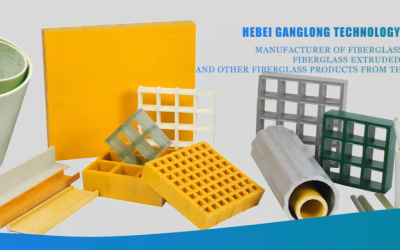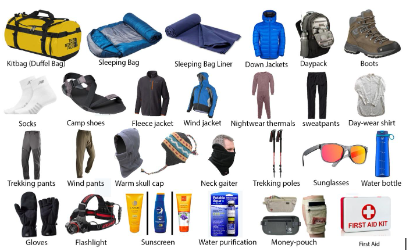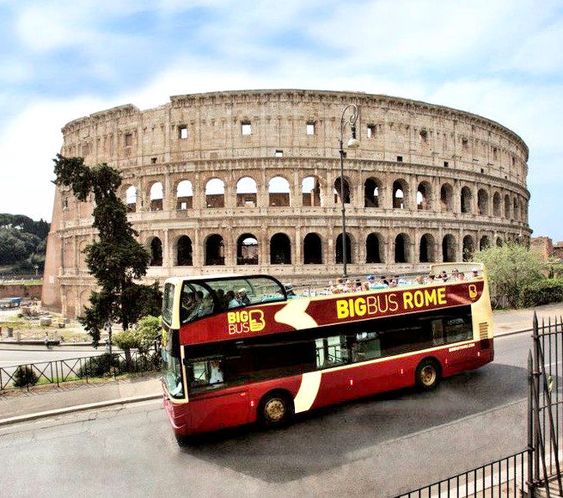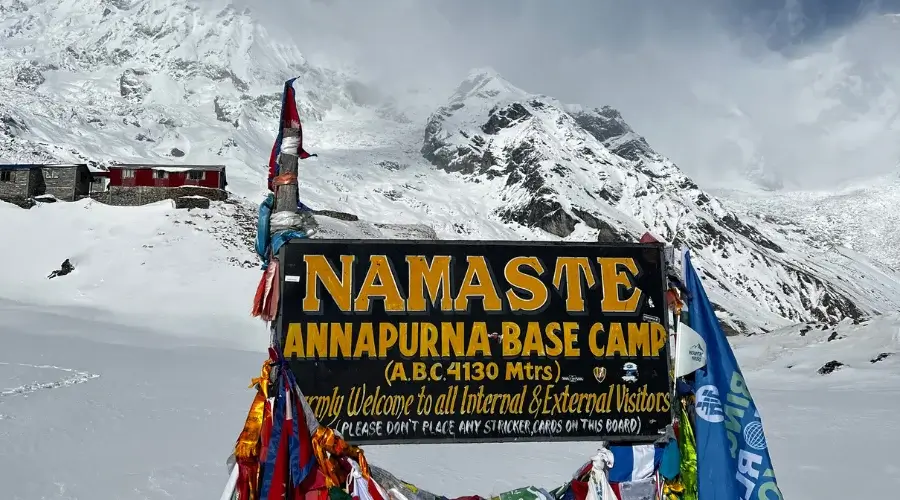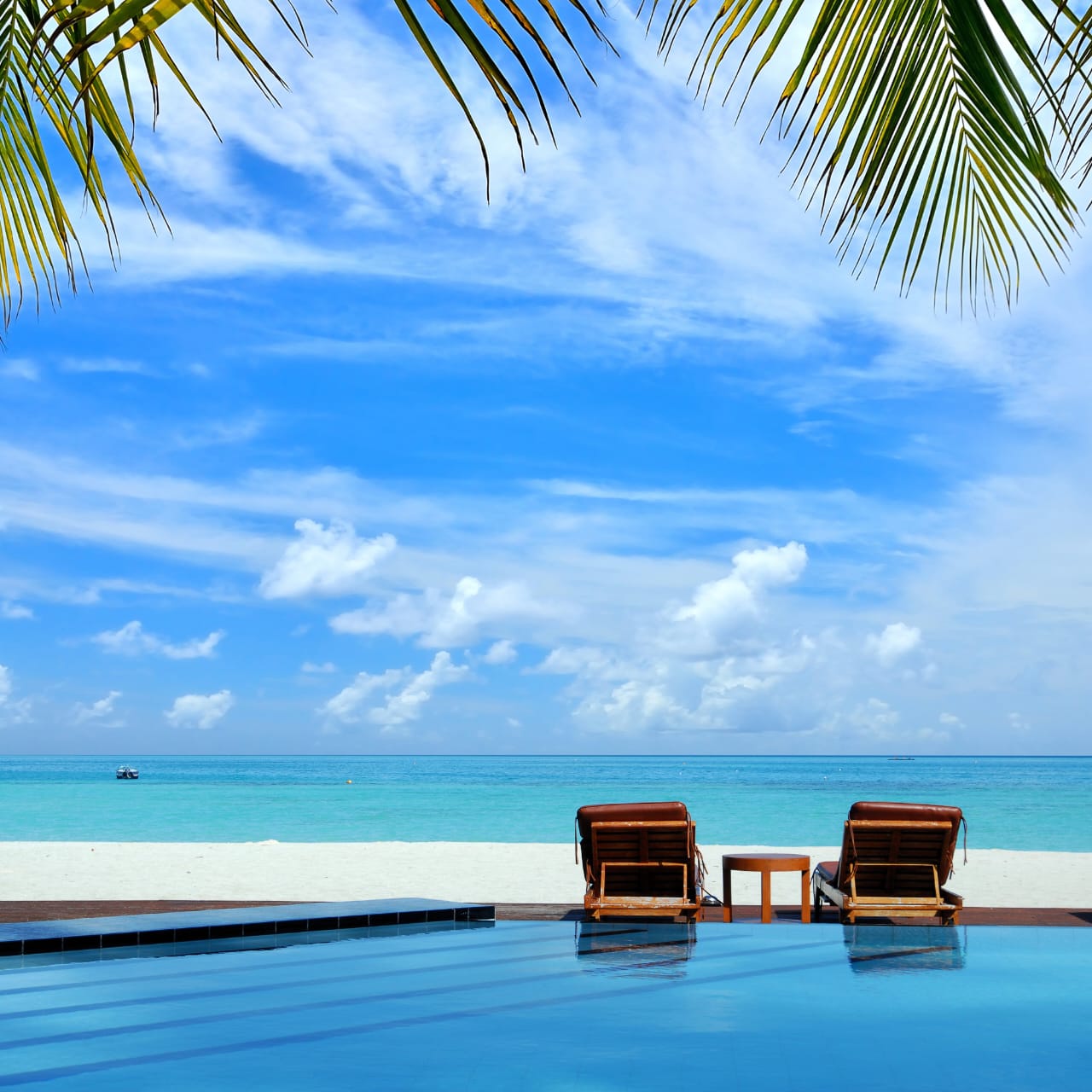Gearing up for Everest can be done in many ways. Some of the ways are focusing on selecting essential equipment, doing physical training, and mental preparation.
By doing cardiovascular exercise, flexibility work, and strength training, you can gear up your physical preparations. By the way, for mental preparation, you can achieve it by practicing calmness, focus, and toughness through meditation and visualization.
Now, let’s come to the main topic of the blog. There are various reasons to buy or rent essential equipment. Also, choosing the right equipment for the trek is important for your safety, comfort, and successful completion of the Everest trek with luxury and comfort.
Moreover, a guide also can help in deciding on buying or renting trekking equipment. You can trust their advice.
If you are a frequent trekker then, it is better for you to buy gear rather than renting. And for one-time travelers, renting is beneficial. Here is a comprehensive guide to renting or buying trekking equipment. Continue reading the blog below.
Understanding Your Needs
While choosing the right gear, you must understand your needs first. It is important to make the trekking plan first before starting any preparations. Long day hikes require additional equipment and accessories while you may not need all of them in short hikes.
Factors to consider when choosing equipment
You have to think calmly and choose the best equipment according to the following factors.
- Terrain and Altitude: In the Everest region, the landscape is rocky and challenging and you may have to hike up to 5364m altitude. So, keeping that in mind, you have to carry trekking boots that are fit and comfortable. Also, carry hiking poles and a reliable backpack that is useful during the trek.
- Personal Comfort and Fitness Level: Personal comfort is the thing that you should care for and won’t regret doing that. I suggest you carry sleeping bags, inflatable sleeping bags, and trekking poles.
- Safety and Navigation: When going through challenging landscapes, having a reliable map, compass, and headlamp is a must. These accessories help you to safely go through landscapes. Also carry first aid kits, sunscreen, and lip balm to safely complete your journey.
B.Importance of proper fit and functionality
While selecting equipment, you have to choose one that fits and is comfortable and safe. Also, another key thing that you shouldn’t forget is the functionality of the equipment. Make sure that the equipment that you are buying or renting matches your requirements for the hike.
For example, you can’t wear boots without socks due to shoe bite problems and discomfort. Also, hiking poles can help you to avoid possible injuries.
In contrast, having fit walking trousers, and hiking shorts are blessings, especially in challenging times. These clothing are flexible and give you the freedom of movement.
Renting vs. Buying
Renting or buying depends on your budget, package, and fitness. However, there are some of the pros and cons of renting and buying that will help you in deciding on whether to rent or buy the needed equipment.
Renting equipment
Pros
- Saves money in the long run as rental rates are lower
- Enables to test different types of equipment
- No need for storage and maintenance
- Can use the latest technology without the fear of depreciation cost
Cons
- Higher cost for longer projects
- Lack of asset ownership
- Limited customization possibilities
2.Buying equipment
Pros
- Ownership and full control over the equipment
- Long term cost saving
- Eliminates the need to repeat renting
Cons
- High initial cost
- Bought equipment technology can be outdated after a certain time
- Equipment may not be the cost-effective option for short-term projects of the business
- Transportation and storage challenges of the equipment
Decision-making factors
- Budget and travel frequency
When deciding to buy or rent equipment for Everest trekking, you have to calculate and review your budget. If you are on a tight budget, renting is more advantageous than buying. And if you are a frequent traveler, buying is the best decision.
- Supplier’s reputation
Before making any decisions about renting the gear, make sure that you choose the right suppliers. Because the right suppliers maintain the equipment near and clean and are of high quality.
Moreover, for buying, product review and the supplier’s reputation is important for selecting high-quality, safe, and reliable gear and equipment. The reputed suppliers provide excellent customer service and can be trusted for further deals.
- Price comparison
By comparing the prices of the same equipment using multiple retail websites, you can save your time, and energy money and get the best deals worth investing.
- Storage and maintenance
Storage and maintenance are important for the trekking equipment. This makes sure that the equipment lasts long and is optimal in performance.
If you are ready for the storage and maintenance, then you can buy the gears and equipment. But, if you don’t have time to maintain the equipment and are a busy person then, renting is good.
Essential Equipment
Before going on Everest trekking, you make sure that everything is planned about which equipment to rent and which equipment to buy. You may want to buy some of the equipment and gears while you may not see the worth buying other equipment.
Here is the list of the essential equipment checklist that you shouldn’t miss.
- Clothing
- Base and insulation layers
Your first layer of clothing starts with base and insulation layers. These layers are made to prevent cold and preserve moisture and insulation. Some of the base and insulation layer clothes are vests, tank tops, long-sleeved shorts, and leggings.
- Outer layers (jackets, pants)
This layer is worn outside the base and insulation layers. They are insulated jackets, waterproof hard shells, soft shell jackets, pants, and so on. These clothes act as a shield against wind and rain, and provide extra warmth on very cold days.
- Headwear and gloves
Headwear protects your head from weather conditions and gloves keep your hands warm. Headwear includes beanies, buffs, and hats, which provide insulation, sun protection, and warmth retention.
- Footwear
To prevent cold and blisters, you must wear high-quality and waterproof boots with socks. Boots provide support to your ankle, socks prevent blisters, and gaiters keep water, debris, and snow out of your boots.
- Backpack and Gear
Backpacks and gears are the most essential ones. A 40-60L backpack is best to carry all your essential clothing and gear. Below are the other important equipment and gears.
- Sleeping bag and sleeping pad
A sleeping bag, sleeping pad, and pillow case of good quality are suitable for you during cold nights. It helps you to get quality sleep and keeps you warm at a -15°c temperature.
- Tent or shelter
During peak seasons, teahouses may be crowded or lodges may be unavailable. So, carry your tent or rent it, so that you can stay somewhere camping tent.
You still can eat at tea houses. One of the pros of the tent is it provides you with less noise and more private staying.
- Trekking poles
Trekking poles are important especially when going through snowy landscapes. You may encounter cracked glaciers that are covered with snow or may need support during climbing snowy landscapes.
Moreover, trekking poles can reduce strain on your knees and hips, and improve posture providing stability and balance on the loose snowy ground.
- Miscellaneous
- Hydration system
While hiking, you will sweat a lot. To fulfill the water requirements in the body, you have to drink at least 2-3 liters of water every day.
Carrying a water bottle or hydration bladder is recommended. And also carry small water filters and water purification tablets for clean and safe drinking water.
- Headlamp
While going to your place in the evening, a headlamp is needed. Sometimes, in hikes like island peak climbing, you have to start walking so that you can reach the peak by mid-day and return.
In other scenarios finding tents can be easier with headlamps. Buy a headlamp that has good battery life, water resistance, 200 lumens, and a narrow and wide beam option.
- First aid kit
First aid kits are important during Everest trekking, to avoid infections and stop more damage to your body when you get injured. So, tools Ike first aid kits, defibrillators, and personal protective equipment (PPE).
The first aid kit should contain basic aid items such as bandages, dressings, and antiseptic wipes. In contrast, defibrillators can save lives in the situation of cardiac arrest. PPE, like gloves and masks, helps to stop the spread of bacteria and further infection.
- Way-finding tools (maps, compass, GPS)
When hiking especially through remote areas with less likely to encounter locals, tools like maps, compasses, and GPS can be lifesaving and helpful. It will help you to find your mate’s position, and the direction of your destination and to calculate the distance travelled.
- Maps- provides a visual representation of the area that you are going
- Compasses- indicates the direction of travel
- GPS devices- use satellite signals to provide real-time location info.
- Dividers- measures distances on mal and helps to determine the longitude and latitude.
Where to Rent or Buy
After selecting all the essential equipment for your journey, it’s time to select the place or shop for renting or buying. Here are some of the places where you will find varieties of gears, with different price ranges and ratings.
- Local outdoor gear shops
Local outdoor gear shops are the best place for buying or renting tools.You can find many local shops in the TrideviMarga, Thamel, Kathmandu.
- Shona’s Alpine- quality equipment and rental services
- Shona’s Rentals- for gear renting
Some of the shops provide branded products. The shops are:
- Red Fox Kathmandu
- Sherpa Kathmandu
- Black Yak Kathmandu
- North Face Kathmandu Store
- Mountain Hardware Shop Kathmandu
Some trustworthy retailers are
- Sagarmatha Trekking Shop
- Outdoor Compass Trekking Shop
- Guide Himalaya Trekking Shop
- Nepal Mountain Trekking Store
- Samden Sherpa
- Gears Nepal
- Online retailers
If you want to purchase online and save your time then, there are the shops that offer online services as well. Trekkinggearnepal is one of them.
- Specialized rental companies
Some of the specialized rental shops are:
- Kalapatthar Trekking Store
- Goreto Gear Traders
Tips for Renting or Buying
- Research and comparison shopping
To select the perfect equipment and gear for your trekking, you need to research and compare the markets and shopping. This can be done by visiting different shops in the Thamel area, comparing prices, and checking the quality of the gear.
- Check rental policies and terms
When renting equipment and gear, you must check the rental policies and terms like return policies, and additional costs. By checking this, you will feel confident if anything unusual happens to you during the trek.
- Test equipment before the trek
Testing equipment before the hike can help you know about the comfort, functionality, and successful trekking experience.
- Ensure proper fit and comfort
When trekking, unfit clothes can cause problems. So, make sure that you select the clothes that fit you well.
- Invest in quality and durability
Investing in the quality and durability of the hears and equipment never goes to waste. This can be done by researching, and testing the gears and equipment.


